Explore the diverse applications of Recurrent Neural Networks (RNNs) for analyzing and processing sequence data in various projects and fields.

Recurrent Neural Networks (RNNs) represent a significant evolution in the field of artificial intelligence, particularly in the realm of sequence data processing.
Unlike traditional neural networks, which operate on fixed-sized inputs and outputs, RNNs are specifically designed to handle sequential data by maintaining a memory of prior inputs. This unique architecture leverages feedback loops within the network, allowing information to persist across time steps. Consequently, RNNs are proficient in tasks where context and order are crucial, such as natural language processing, time series analysis, and speech recognition.
The fundamental component of an RNN is its hidden state, which conveys information from previous time steps. At each step in the sequence, the network receives an input as well as the hidden state from the previous step. This capability enables RNNs to effectively capture temporal dependencies, making them ideal for managing data that is inherently sequential. In contrast, traditional feedforward networks, which treat each data point independently, often struggle to account for the relationships between successive elements in a sequence.
Furthermore, RNNs can be classified into different types, including Long Short-Term Memory (LSTM) and Gated Recurrent Units (GRUs), both of which address the limitations of standard RNNs concerning the vanishing gradient problem. These variations enhance the network’s ability to learn long-range dependencies and retain information over extended periods. As a result, RNNs have garnered attention for their effectiveness in various applications, from generating text to predicting stock prices.
Overall, RNNs provide a powerful framework for analyzing and modeling sequence data. Their architecture allows for an intricate understanding of input sequences, paving the way for superior performance in tasks that require a nuanced consideration of time and order. As we delve deeper into the various applications of RNNs, the implications of their design and functionality will become increasingly evident.
Recurrent Neural Networks (RNNs) represent a unique class of artificial neural networks designed to process sequential data. Unlike traditional feedforward networks, which pass information only in one direction, RNNs introduce feedback loops that permit connections among neurons across hidden states. This architecture allows RNNs to maintain a form of memory, enabling them to utilize past information when making predictions about future data. The fundamental mechanism at play involves processing sequences through distinct time steps, where each step is influenced by both the current input and the RNN’s previous hidden state.
At each time step, the RNN receives an input vector, allowing it to compute a new hidden state that varies depending on the preceding hidden state. This capability is essential for tasks such as language modeling, where the context and sequence of words significantly influence output. The hidden states thus serve as carriers of information over time, allowing the RNN to encapsulate temporal dependencies inherent within sequential data.
Backpropagation Through Time (BPTT) is the algorithm utilized to train RNNs, adjusting the weights of the network based on the errors derived from output prediction. This approach extends conventional backpropagation, unrolling the network through its time steps to compute gradients effectively. While BPTT is efficient, RNNs often encounter issues such as the vanishing gradient problem, a phenomenon that hinders the network’s ability to learn long-range dependencies. As gradients are propagated backward through many layers, they tend to diminish exponentially, rendering earlier layers less influential in the learning process.
Despite these challenges, RNNs remain a powerful tool due to their adaptability and capacity to model sequential data patterns. Understanding the inner workings of RNNs, including loops, hidden states, and gradient descent techniques, forms the foundation for harnessing their capabilities in various applications.
Recurrent Neural Networks (RNNs) have significantly advanced the field of Natural Language Processing (NLP) by providing powerful methods for handling sequential data. One of the primary applications of RNNs in NLP is language translation. Traditional translation systems often struggle to maintain context throughout sentences, especially for long phrases. However, RNNs utilize their inherent ability to remember previous inputs to produce contextually accurate translations, making them an essential tool in the development of neural machine translation systems.
Another critical application of RNNs is sentiment analysis. Businesses increasingly rely on understanding customer opinions expressed through social media, product reviews, and other text-based mediums. RNNs excel in discerning sentiment by analyzing how the sequence of words affects overall sentiment. For example, phrases like “I love this product” convey positive sentiment, while “I hate this product” communicates the opposite. RNNs can capture these contextual nuances efficiently, providing valuable insights that inform marketing strategies and product improvements.
Text generation is yet another promising application where RNNs shine. By training on large corpora of text, RNNs can generate human-like text sequences. For instance, applications in automated content generation and creative writing tools leverage RNNs to produce coherent and contextually relevant text. These systems can assist authors by suggesting completions or even drafting entire paragraphs based on initial prompts. Moreover, RNNs enhance user interactions with AI systems, making conversations with chatbots and virtual assistants more fluid and engaging. As RNNs continue to evolve, their applications in NLP are expanding, further streamlining processes and revolutionizing how machines understand and generate language.
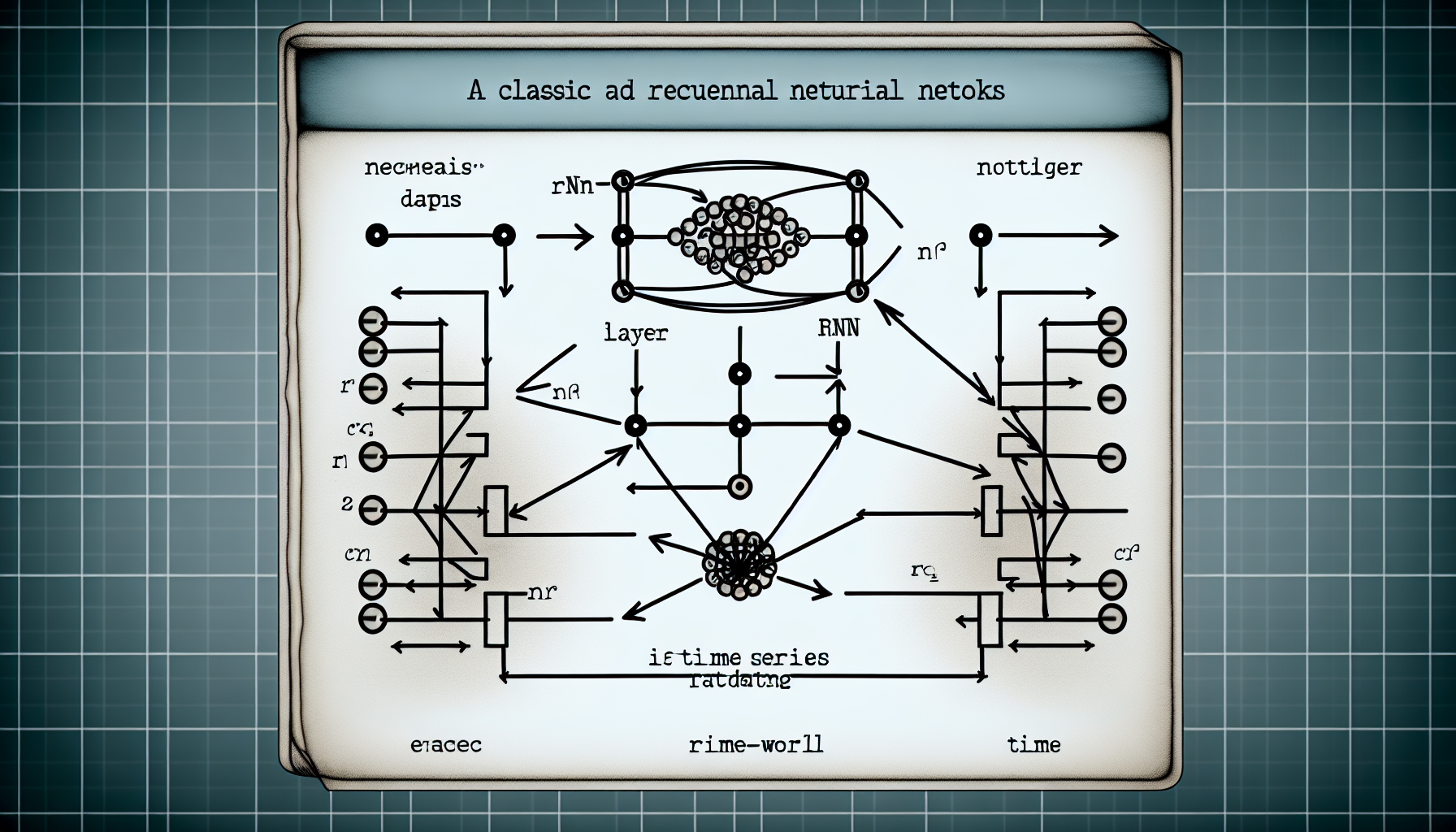
Recurrent Neural Networks (RNNs) have emerged as a transformative technology in the realm of time series forecasting, providing powerful solutions across various domains such as finance, weather prediction, and demand forecasting. These networks are uniquely positioned to handle sequential data, making them particularly effective for tasks where temporal dependencies are significant.
In financial markets, for instance, RNNs can analyze historical stock prices and trading volumes to predict future movements. By capturing intricate patterns and trends within the data, RNNs equip analysts with the insights needed for informed investment decisions. Their ability to model long-term dependencies is especially advantageous, as financial data often exhibits non-linear behavior that traditional models struggle to account for.
Weather forecasting is another crucial application of RNNs. Meteorologists can utilize these networks to process vast datasets that include past atmospheric conditions, temperature records, and other meteorological variables. RNNs excel at identifying seasonal trends and fluctuations, which are pivotal in generating accurate forecasts. By continuously learning from new data, RNNs can adapt their models to changing climate patterns, thus enhancing predictive accuracy.
Furthermore, demand forecasting in supply chain management benefits significantly from RNNs. Businesses rely on accurate predictions of product demand to optimize inventory levels and reduce costs. RNNs can assimilate various inputs, such as historical sales data and external factors like holidays or promotions, allowing companies to anticipate shifts in consumer behavior. This capability to dynamically assess trends can lead to more efficient operations and improved customer satisfaction.
In conclusion, the versatility of RNNs in time series forecasting underscores their importance in today’s data-driven world. As these technologies advance, their applications will likely expand, offering even more robust solutions for analyzing sequential data across diverse fields.
Recurrent Neural Networks (RNNs) have emerged as a transformative force in the fields of speech recognition and speech generation, significantly enhancing the way systems process and produce human language. Their inherent capability to manage sequential data makes them particularly suited for audio signals, which contain temporal dependencies that traditional neural networks often struggle to capture. In practical applications, RNNs are employed in voice assistants such as Amazon’s Alexa, Apple’s Siri, and Google Assistant, where they play a crucial role in converting spoken language into text and understanding user commands.
One of the core technologies implemented within RNNs for speech recognition is the Long Short-Term Memory (LSTM) network. LSTMs are designed to overcome the vanishing gradient problem, allowing for the retention of information over extended sequences. This characteristic is essential in deciphering context and nuance in spoken language, which often relies on prior words for proper interpretation. Consequently, systems utilizing LSTMs exhibit enhanced accuracy in recognizing speech, leading to improved user experiences in real-time applications. Additionally, RNNs facilitate automatic transcription services, automating the conversion of audio files into written text. This capability is invaluable for various sectors, including journalism, education, and business, where accurate playback of recorded conversations is necessary.
Furthermore, RNNs contribute to speech generation, producing synthetic speech that is increasingly indistinguishable from human voice. Technologies such as text-to-speech (TTS) systems utilize RNN architectures to generate melodic speech patterns, intonation, and rhythm. By analyzing extensive datasets of spoken language, these systems can learn to replicate the characteristics of natural speech, resulting in more human-like interactions. The application of RNNs not only enhances the efficiency of voice-operated systems but also broadens the accessibility of information for users with disabilities.
In conclusion, Recurrent Neural Networks play a pivotal role in advancing speech recognition and generation technologies, driving innovations that improve the accuracy and effectiveness of voice-driven applications across various industries.
Recurrent Neural Networks (RNNs) have gained popularity due to their proficiency in processing sequential data. However, their performance can be significantly enhanced when integrated with other neural network architectures, such as Convolutional Neural Networks (CNNs) and Long Short-Term Memory (LSTM) networks. This hybridization creates a synergy that allows for better feature extraction and improved learning capabilities, thereby addressing some of the limitations inherent in standalone RNN models.
One of the most common combinations involves pairing RNNs with CNNs. CNNs excel in extracting spatial features from data, making them especially useful for tasks involving image and video data. By incorporating a CNN as a feature extractor prior to feeding the data into an RNN, the model can capture both spatial dependencies and temporal sequences. This approach has proven effective in applications such as video classification and image captioning, where understanding both spatial structure and sequential context is crucial.
Furthermore, combining RNNs with LSTM networks integrates the memory capabilities of LSTMs with the sequential modeling strengths of RNNs. LSTMs, designed to combat the vanishing gradient problem, are particularly adept at retaining long-term dependencies in sequences. When structured in a hybrid model with RNNs, these networks can manage long-range correlations within data, resulting in improved accuracy and performance in complex tasks, such as natural language processing and speech recognition.
The benefits of these hybrid models are evident in their capacity to process diverse data types, handle intricate dependencies, and produce more robust predictive outcomes. Such integrations demonstrate the versatility of RNNs, which, when combined with other architectures, can address a wider array of applications and improve the efficacy of machine learning solutions.
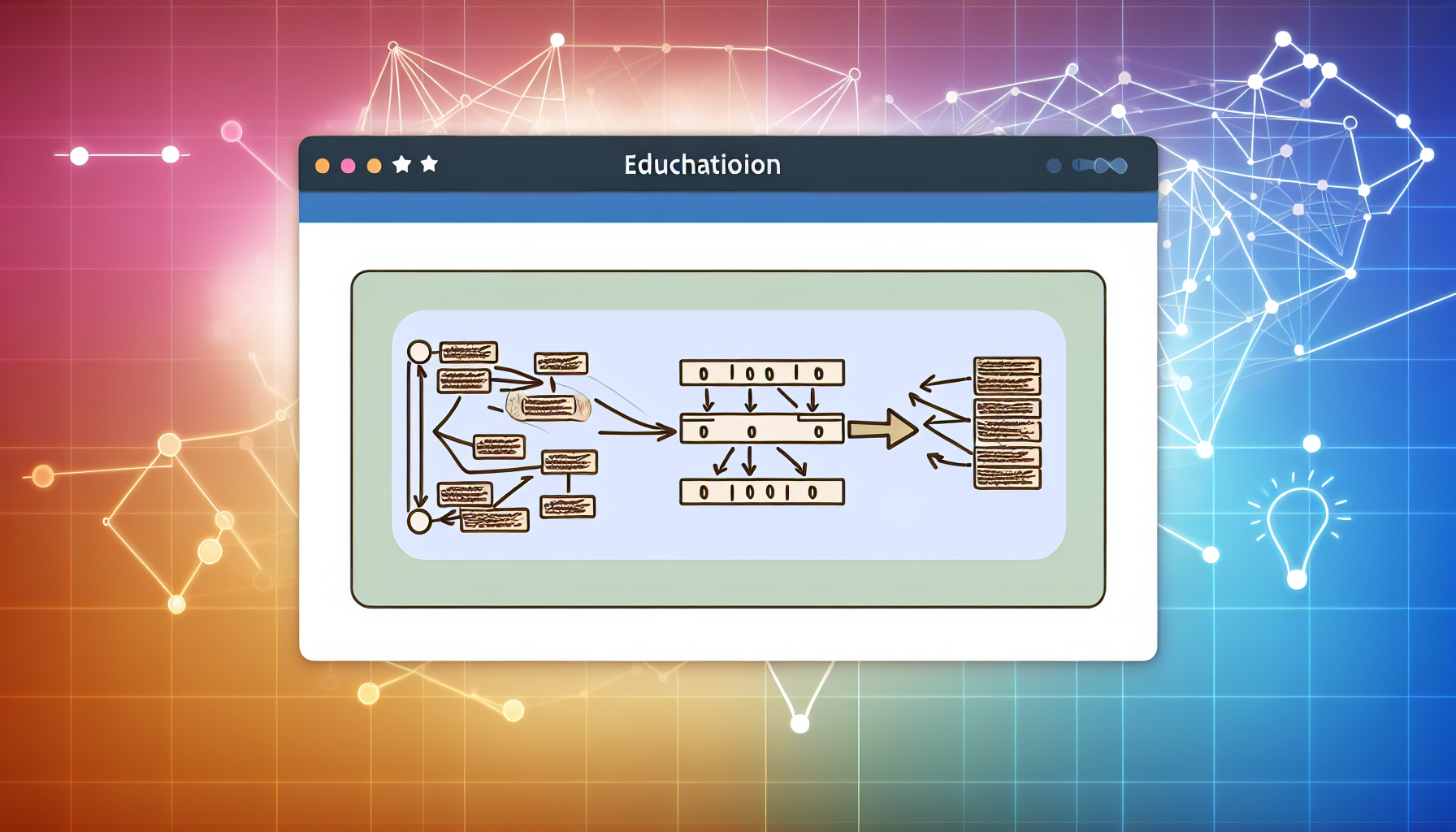
Implementing Recurrent Neural Networks (RNNs) effectively in your projects requires careful consideration and strategic planning. Successful integration of RNNs hinges on several key factors, starting with proper data preprocessing. Sequence data often requires cleaning and normalization to ensure accuracy and reliability in the output. This process may include tokenization for text data, handling missing values, and scaling numerical inputs to appropriate ranges. Thorough preprocessing not only enhances model performance but also improves training stability.
Another significant aspect to consider is the choice of hyperparameters. Selecting the right learning rate, batch size, and number of layers is crucial for the effectiveness of the RNN architecture. Experimentation with these hyperparameters should be conducted through methods such as grid search or random search, optimizing the model according to the specific dataset and problem requirements. A well-optimized RNN can greatly influence the results achieved in tasks such as time-series forecasting or natural language processing.
Managing overfitting is another critical challenge when working with RNNs. The sequential nature of the data can sometimes lead to models that adapt too closely to the training set, thus performing poorly on unseen data. Incorporating techniques such as dropout, early stopping, or regularization can mitigate this risk. Additionally, implementing cross-validation during model training allows for better evaluation and understanding of model performance, enhancing generalization capabilities.
Performance optimization is the final step that ensures your RNN operates efficiently. Techniques such as transferring knowledge from pre-trained models, utilizing batch normalization, or fine-tuning with varying architectures can lead to significant improvements in execution time and accuracy. By following these actionable tips, practitioners can unlock the full potential of RNNs in their projects, paving the way for successful applications of sequence data in diverse fields.
Recurrent Neural Networks (RNNs) have revolutionized the field of sequence data processing. However, these networks face several challenges that researchers and practitioners must navigate. One of the primary issues is computational complexity. RNNs require substantial computational resources, particularly with long sequence inputs where the network must maintain information across numerous time steps. This computational burden can hinder real-time applications and limit scalability to larger datasets.
Another significant challenge associated with RNNs is the vanishing gradient problem. During the backpropagation process, gradients can become exceedingly small, which impedes the network’s ability to learn effectively from earlier time steps. This problem has motivated the development of alternative architectures, such as Long Short-Term Memory (LSTM) networks and Gated Recurrent Units (GRUs), which aim to mitigate these issues by incorporating mechanisms that allow for better information retention over extended sequences.
As the field evolves, emerging techniques such as attention mechanisms gain prominence. These methods enable models to focus selectively on relevant parts of the input sequence, rather than treating all parts equally, thereby enhancing performance in tasks like machine translation and sentiment analysis. Furthermore, transformer models, which utilize self-attention and eliminate the need for recurrent connections, have showcased remarkable success across various sequence processing tasks. The advent of transformers suggests a paradigm shift that could redefine the future landscape, potentially offering improved efficiency and effectiveness compared to traditional RNNs.
In light of these challenges, ongoing research is critical to address the limitations of RNNs while exploring innovative solutions that leverage the strengths of both recurrent architectures and novel methodologies. The future of sequence data processing may very well hinge on the integration of RNNs with these advanced techniques, opening new avenues for developments in artificial intelligence.
Recurrent Neural Networks (RNNs) have emerged as a pivotal technology in the realm of machine learning, particularly when it comes to processing and analyzing sequence data. Throughout this guide, we have explored the fundamental characteristics of RNNs, including their ability to maintain a memory of previous inputs and their unique structure that allows for data sequences of varying lengths. This adaptability makes RNNs particularly suitable for applications such as natural language processing, time-series forecasting, and speech recognition, where the contextual information derived from prior elements in the sequence is invaluable.
The versatility of RNNs is underscored by the development of advanced variants like Long Short-Term Memory (LSTM) networks and Gated Recurrent Units (GRUs), which address common challenges associated with traditional RNNs, such as vanishing gradient problems. These innovations enhance the models’ learning abilities, enabling them to capture intricate patterns within the data more effectively. Furthermore, the continual advancements in this area signify a bright future for RNN applications as researchers explore novel methods and frameworks to leverage this technology.
As we move forward, it is essential for practitioners and researchers alike to harness the capabilities of RNNs in their projects. Experimenting with these networks in various domains can open up exciting possibilities for enhancing the performance of predictive models. The ongoing evolution of the field presents an opportunity to investigate new applications for RNNs, particularly as they integrate with emerging technologies like reinforcement learning and generative adversarial networks (GANs).
In conclusion, the potential of RNNs in processing sequence data is substantial. By understanding their mechanisms and adapting them to specific needs, individuals and organizations can drive innovation in countless sectors, fostering advancements that shape the future. Embracing this powerful technology will undoubtedly yield impactful results as we explore the uncharted territories of machine learning and artificial intelligence.
Looking to advertise, promote your brand, or explore partnership opportunities?
Reach out to us at
[email protected]
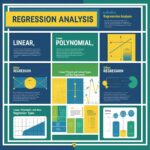
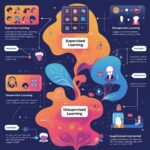

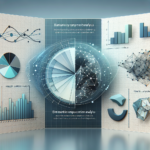



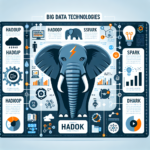




Chose where you want to study, and we will let you know with more updates.